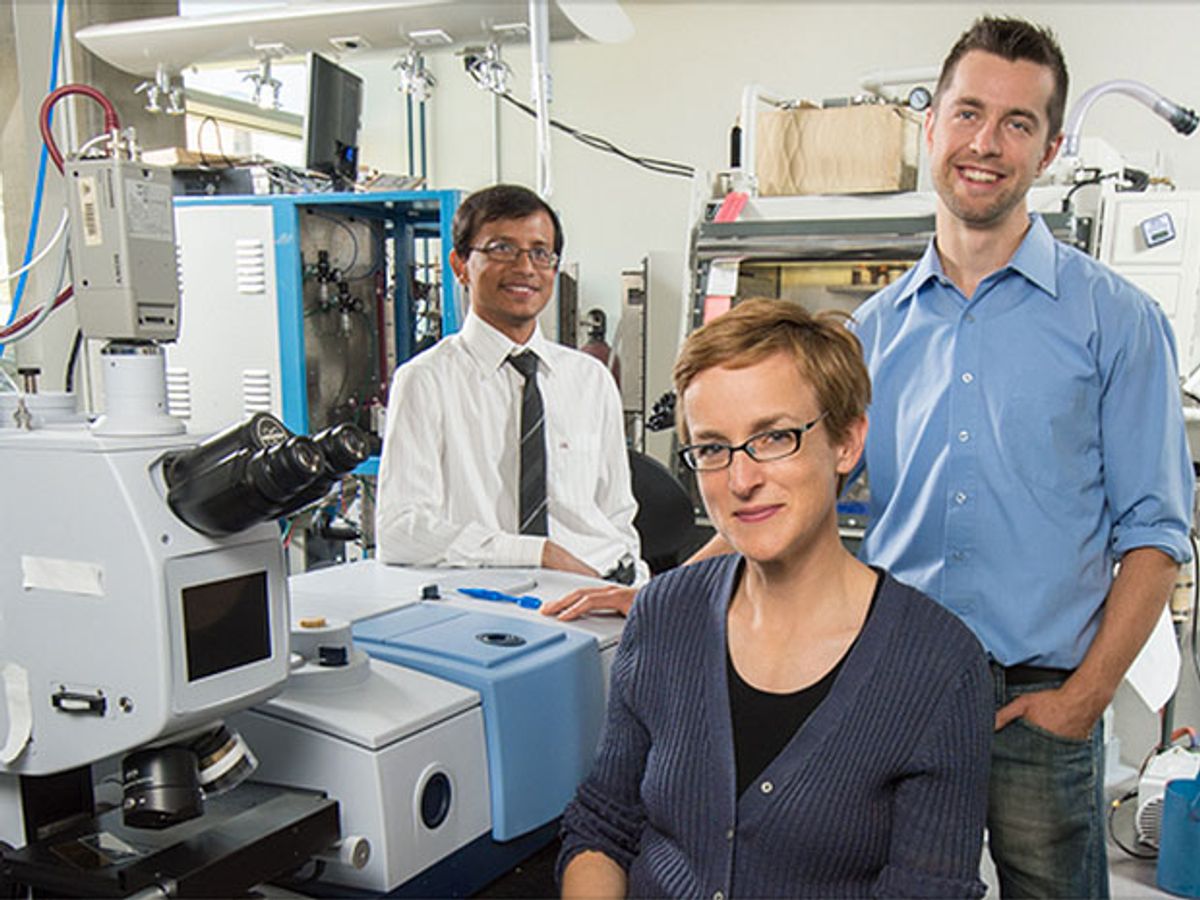There is still a school of thought in the world photovoltaics that says if you can make solar cells cheaply, it will result in widespread use of solar power. Despite that fervent belief, photovoltaics really benefit from achieving a balance between cheap manufacturing costs and high energy-conversion efficiency.
Unfortunately, it’s a struggle to strike that balance with current technology. If you want to use an inexpensive spray-on photovoltaic material made from nanoparticles, you might get to around 1 percent conversion efficiency—a figure so low that it’s not clear whether the amount of electricity generated is worth the effort. However, if you raise that figure to 10 percent, you could change the game.
While the energy conversion numbers are still not in yet, researchers at the University of Alberta in Canada believe they have created one of the cheapest nanoparticles yet developed for photovoltaics. It's so cheap to make because it's based on two of the most abundant elements: phosphorous and zinc.
In addition to their low price compared to elements like cadmium, phosphorus and zinc don't bog manufacturers down with the restrictions that come with lead-based nanoparticles.
The research, which was published in the journal ACS Nano (“Solution-Processed Zinc Phosphide (α-Zn3P2) Colloidal Semiconducting Nanocrystals for Thin Film Photovoltaic Applications”), took years to complete. But all the hard work may pay huge dividends since material seems to lend itself to a variety of manufacturing processes, including roll-to-roll printing or spray coating.
“Nanoparticle-based ‘inks’ could be used to literally paint or print solar cells or precise compositions,” said Jillian Buriak, a professor at the University of Alberta, in a press release. In fact, it is this spray coating method that Buriak and her colleagues are experimenting with to determine the energy conversion efficiency levels.
As we await those final numbers, the team has applied for a provisional patent and has already secured some funding to scale up the process for manufacturing. Whether the energy conversion efficiency of the nanoparticles can reach somewhere around the 10-percent mark may determine whether there’s a market to ramp up for.
Photo: University of Alberta
Dexter Johnson is a contributing editor at IEEE Spectrum, with a focus on nanotechnology.



